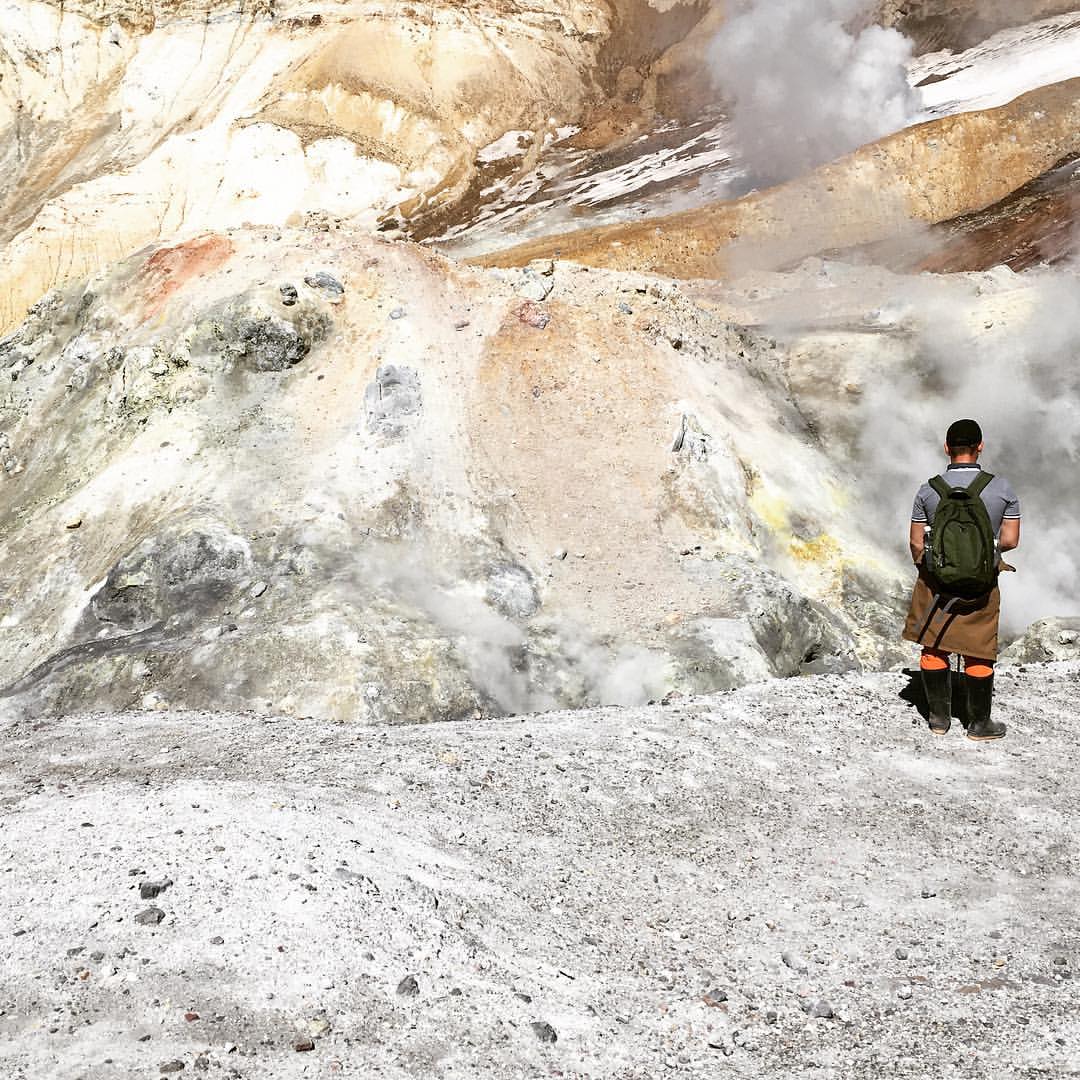
When I told my friends I was going to study transcendental meditation, most of them were pretty skeptical about it. Some immediately went to Google and started telling me about all the different “secret” mantra words. They said I was being fooled, or would end up involved in a some type of secret masonic society (not that bad, actually) or the Scientology movement.
People tend to be skeptical about things they haven’t experienced themselves. Especially with such buzz words as meditation, yoga, retreats and other kinds of wellness activities. Some people never get into it or they don’t truly need it, which is a good thing for them! Perhaps, their brains are extremely stable, or they have a different, non-reflective psychotype and can stop their inner voice on their own. Lucky people!
However, that is not my experience. Like many others, I tend to think a lot; my brain keeps processing a billion different thoughts, which is cool sometimes — I’ve noticed I can process more information than many people and can do a few things at the same time. This, however, brought me to the point of a breakdown (or something similar, which my therapist called ‘depression’ last winter) and this experience made me consider many different options for treating the disease.
I’ve written a piece for GQ magazine in Russia about my two months of depression, which were the worst times of my life. I’ve studied books on how our brain works and tried everything that was supposed to help me — psychotherapist, psychoanalyst, body therapist, acupuncture, reflexology, family constellations, the list goes on.
After all the alterations, in two months, I felt better and overall I returned to my “normal” self; however, I still wasn’t able to get back to my normal sleeping pattern, always waking up a few hours after I went to bed.
Although I was scouring the internet regarding the different things that could help and had been meditating every day for 3 months by that point, I still didn’t feel comfortable sometimes. For me, I went to apps to try and help. Let me tell you, once you download an app such as Headspace or Simple Habit, you start searching for the one that fits your best and you get lost in the crazy amount of available choices.

You never know how something will work for you – a line that should be engraved on every practice, book, and coach session that tries to analyze your brain. I’ve heard so many different stories about how people found their own, personal way to improve their lives. Vipassana might work for one person and devastate another; some people said they felt much better once they stopped consuming sugar and eating junk food, etc. Because really – everyone is different and everyone needs to find their own approach.
This led me to the idea that I wanted to try something new. While learning about different techniques, I stumbled across the David Lynch Foundation, which has been teaching transcendental meditation since 2005.
If you’re not familiar, David Lynch is well-known in the world of Transcendental Meditation and he has been praised for his success regarding TM (he’s published a book called ‘Catching the Big Fish’ and then a documentary: Meditation, Creativity, Peace).
“Ideas are like fish. If you want to catch little fish, you can stay in the shallow water. But if you want to catch the big fish, you’ve got to go deeper,” says Lynch, the idiosyncratic filmmaker whose creations include Eraserhead, Blue Velvet, Mulholland Drive, Inland Empire, and the cult TV classic, Twin Peaks.” Besides Lynch, TM supporters include people like Sting and Jim Carrey.
I found it surprising (and a bit weird) that there was actually a list of famous people who had learned ТМ (even Charles Bukowski is there) on Wikipedia.
So, anyways, all of this brought me to a four-day TM course at the David Lynch Foundation.

Their office is located in the center of Manhattan, crazy and noisy outside and calm and quiet on the inside. I guess that’s exactly what they are trying to bring through the slogan ‘Change begins within’. What’s going on outside is not important if you can find tranquility and light inside.
Once you come to the office, you see some brochures with info regarding TM students, such as Goldman Sachs top-managers, the founder of this website Arianna Huffington, a comedian Jerry Seinfeld and many others among them. ‘This meditation is focused on success and productivity,’ — said our teacher.
After the first day, I did find myself wondering what we would do for the remainder of our time in the course. Much of the first day amounted to was sitting still with your eyes closed. However, it turned out the most interesting part was the feelings after each meditation session, and each times they were quite different.
After the first day, our group of six people was given a homework assignment to meditate twice until the next session. The next day we realized that nobody was actually able to meditate twice in a single day. It wasn’t easy to fit 40 minutes (20 twice) into your routine once you are not sure what it gets you. The teacher asked each of us what obstacle was holding us back.

For me, I normally was awake till 2am, so if I woke up even earlier than normal, my entire day would be spent in a daze, and I most certainly would be tired the entire day.
I liked that the teacher was very uncompromising. She said – “You know, some TV personalities wake up at 4am so they have time to do their meditation. It’s just really important to do it every day.”
Somehow that little bit of motivation worked. I started doing it every day. On the second day, each of us had done it twice. We were all talking about our new experiences and how we all felt. We started with “Ok I didn’t feel a lot,” but day by day, we were going through different data and points on our feelings after the meditation. I guess that helps track the feelings as well as get one in the habit of doing it.
There was soon a comfort in sitting with my eyes closed (and honestly, I felt really good about it sometimes). I thought, even though I hadn’t felt a significant change right away, I would give it a chance, and maybe I would make me a happier person in the long run.
As of the time of this writing, it’s been a month since I started practicing it every day and I haven’t missed a single session yet. Which frankly amazed me, because normally I’m not a very consistent person. I’ve read that others experienced the same. The NYT wellness reporter Marisa Meltzer was also wondering about how quickly she got stick to it.

Now, I always set my alarm for 30 minutes before I need to start getting things done. It’s still hard to tell (as with anything related to the brain) if my sleeping actually improved because of the meditation or if I just became less stressed over time … but it has improved! It’s also good for gaining a sense of calm during a hectic day — which I’ve had a lot of recently. I spent the last two weeks in Berlin, Germany, which is full of beautiful green parks and rose gardens. Normally, I pass on them because I’m stuck working in a coffee shop or co-working space, but now I have to find a quiet place to meditate (after the first try, I realized the coffee shop is not a good idea), so I’ve started exploring different trees and benches.
When it comes to matters of the brain, it can be hard to pinpoint anything. Everyday brings with it new, unique challenges. What I can say, however, is that TM has been the easiest time of meditation for me so far, and the most delightful. You don’t hate yourself from being inside your thoughts, and you don’t have to really have to focus on anything. You just repeat your mantra, sometimes in the background, while letting the thoughts come and go as they please. Other times, you get the amazing experience of “putting the pieces together” and finding in your self a space where you can have some peace and tranquility.

